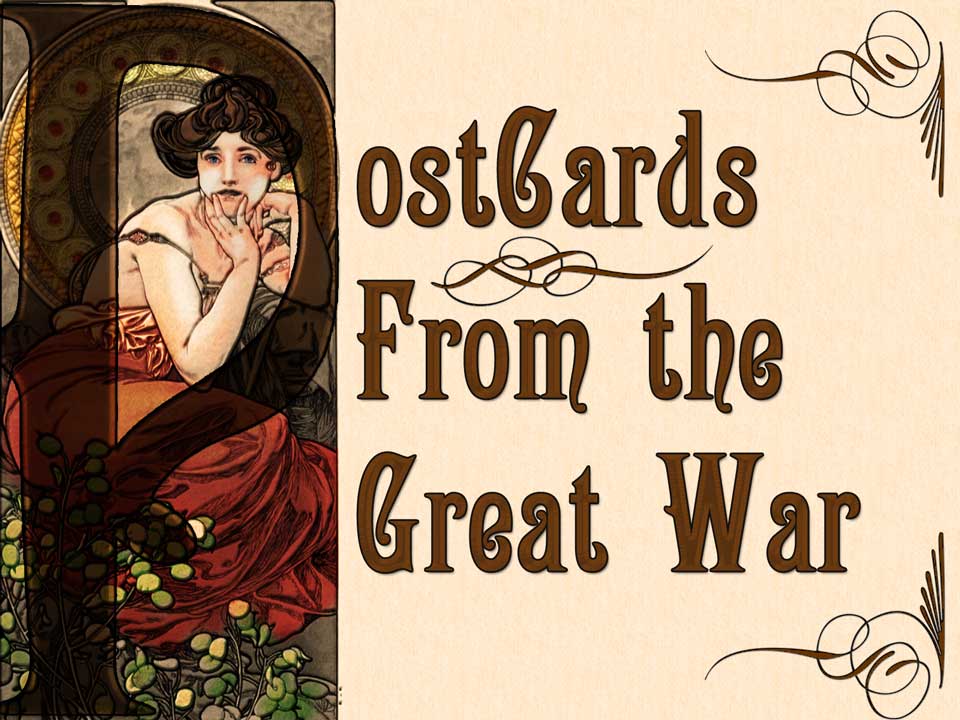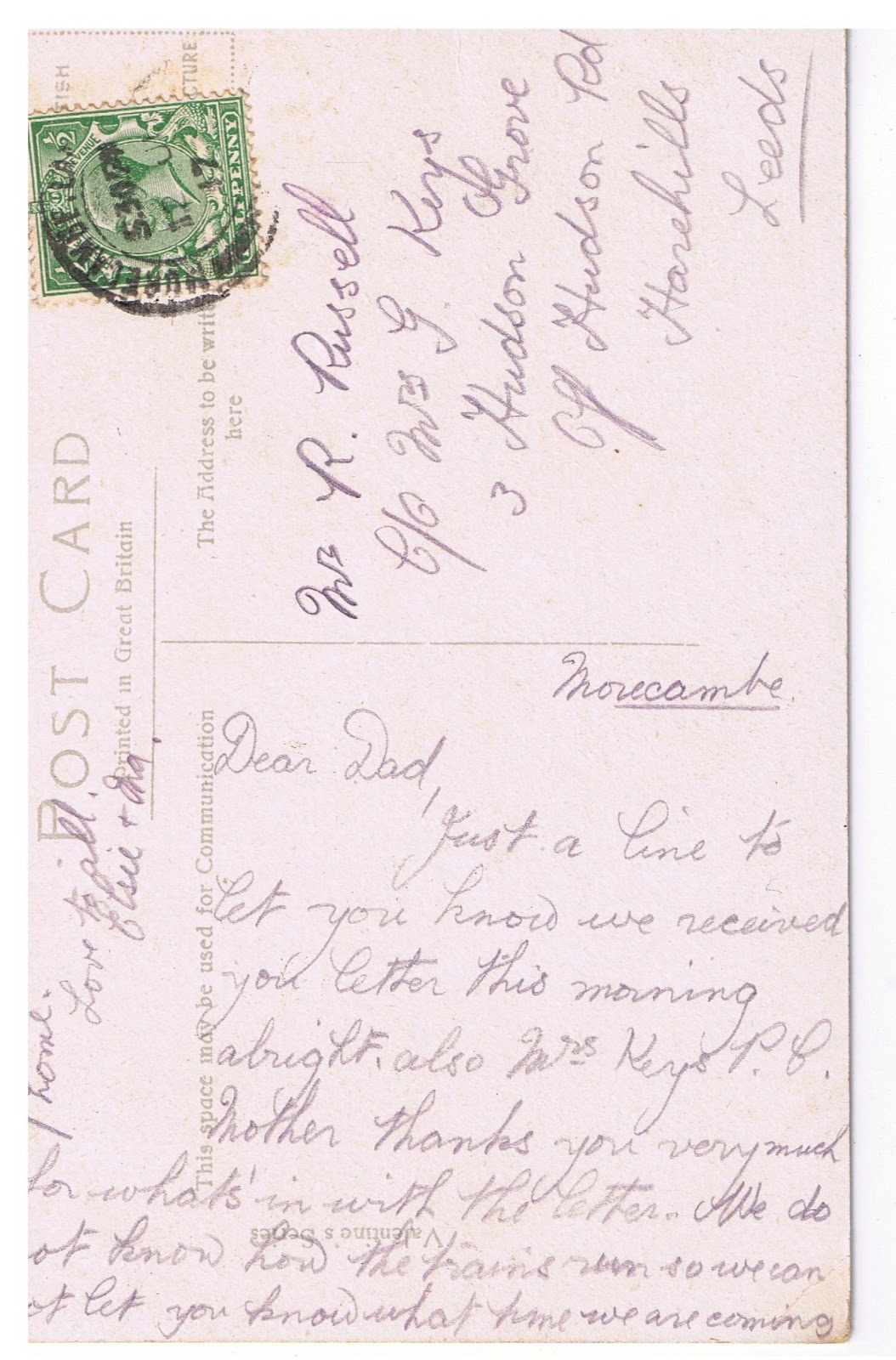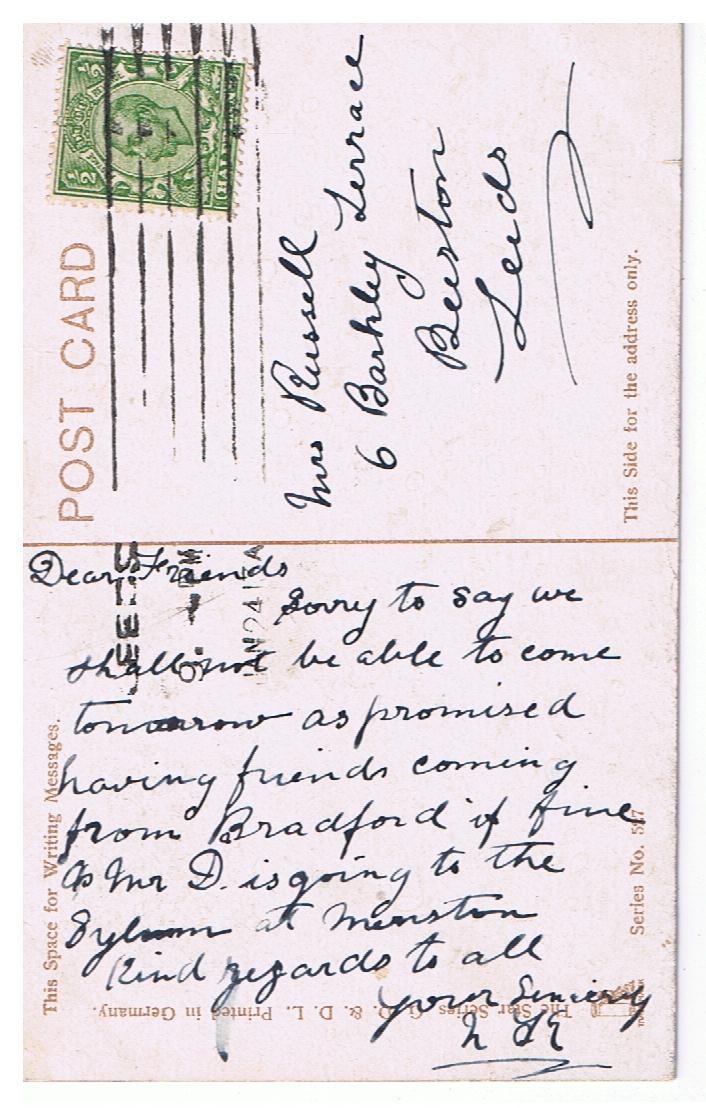Christmas postcards are quite lovely, don't you think? A simple way to reach across the miles...even though we have email and Facebook and Twitter now, there's still something special about sending something in the mail. Equally fun is using fountain pens, but that's another topic as well.
But pens and postcards have one thing in common- they require one to be able to write. Both in the literal and figurative sense, one must be able to put pen to paper and make it happen, then slap a stamp on it and march down to the post box and drop it in. It all shows thought and intention, which is why it means more today than it likely did in 1910, because there seems to be so little time for such genteel arts anymore.
Though really, it is still preferable living with electricity and municipal snow removal and weekly garbage collection even if one has to give up daily use of pen and ink from an inkwell.
I think these are supposed to be Highland cattle in the postcard, which reads:
" To Greet You - When you hear the belfry's chime/ Think of me this Christmas time / Distance cannot hearts divide/ Joy be yours this Christmastide."
The card's inscription is, "Dear Friends Just a PC to wish you all a Merry Xmas & lucky New Year from G & N Keys"




























